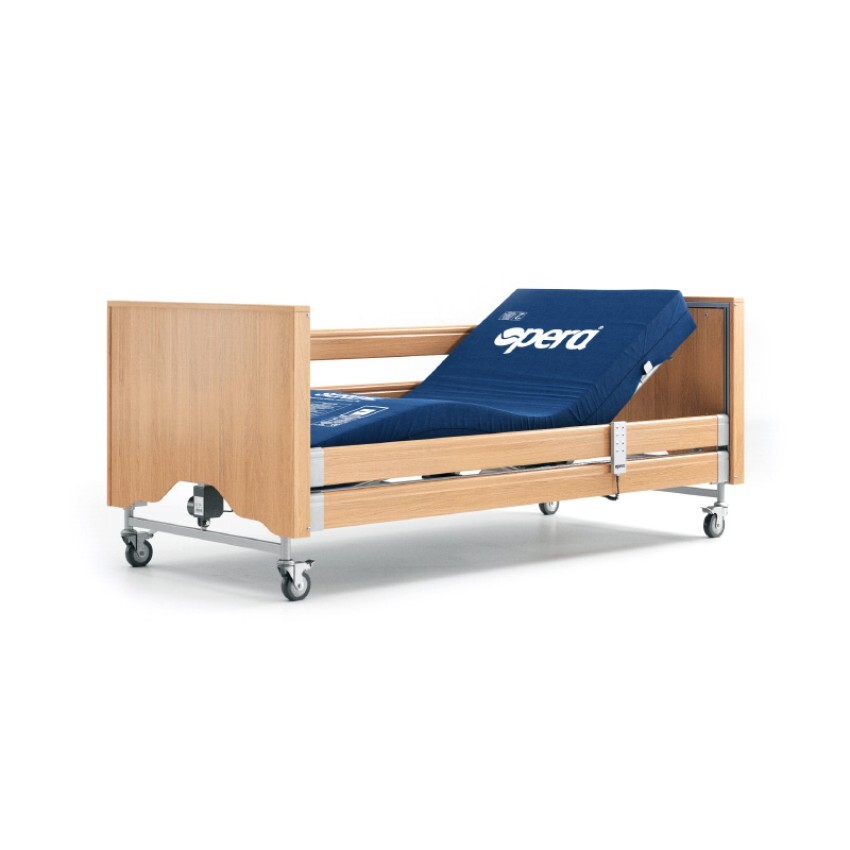Maintaining Profiling Beds and Mattresses | HCSUK & Able
Updated July2025
Profiling beds and pressure-relieving mattresses are vital in every care environment. They support mobility, comfort, and safety—yet they’re often overlooked when it comes to routine upkeep. A broken bed or poorly maintained mattress doesn’t just cause inconvenience; it directly impacts resident wellbeing and staff effectiveness. This guide explains why maintaining profiling beds and mattresses is essential, what checks and routines matter most, and how your team can stay compliant and confident with the support of trusted servicing partners like Able.
Why Maintaining Profiling Beds and Mattresses Is Crucial in Care Settings
From mechanical failure to infection control breaches, the consequences of poor equipment maintenance can be serious. Profiling beds and pressure mattresses are in constant use, which increases the risk of wear, malfunction, and contamination.
Failing to maintain these items can lead to:
-
Electrical or motor issues that pose safety risks
-
Damage to mattress structure or function
-
Pressure ulcer development
-
Costly emergency call-outs
-
CQC non-compliance
By contrast, maintaining profiling beds and mattresses through regular checks, proper cleaning, and scheduled servicing:
-
Protects resident comfort and safety
-
Prolongs equipment life
-
Improves infection control
-
Prevents avoidable repairs
-
Keeps your care home compliant
Daily Maintenance Checks for Profiling Beds and Mattresses
Routine checks by care staff play a vital role in keeping equipment safe between professional services. These quick steps help spot issues early and reduce risks:
-
Confirm all profiling bed functions (head, foot, height) operate smoothly
-
Inspect cables, bed rails, and remote controls for damage or wear
-
Check mattress covers for tears, stains, or signs of leakage
-
Monitor air mattress pressure and pump function daily
-
Listen for unusual noises or signs of resistance when adjusting the bed
-
Clean surfaces using approved infection control products
Basic checks like these build a safety-first culture. For a full breakdown, refer to our guide on empowering caregivers through maintenance training.
Servicing Profiling Beds: When to Call in the Experts
While staff can manage routine checks, beds and mattresses need scheduled servicing by qualified engineers. Professional maintenance ensures compliance with LOLER and PUWER regulations and gives you peace of mind.
Servicing should include:
-
LOLER testing for any hoisting or raising functions

-
Electrical safety checks
-
Bed actuator and handset testing
-
Pressure mattress calibration and airflow checks
-
Visual inspections for damage and signs of wear
If you don’t have a clear service schedule, our trusted partner Able provides planned maintenance, rapid-response repairs, and digital tracking to help you stay on top of compliance.
Mattress Cleaning and Decontamination: Don't Rely on Appearances
Mattresses may look clean but still carry harmful pathogens if not properly disinfected. Fluids can penetrate seams or covers, creating hygiene risks invisible to the eye.
That’s why regular deep cleaning and decontamination is essential. These resources offer expert guidance:
Need help sourcing the right products for cleaning mattresses and equipment safely? Browse curated options from Able, including specialist air mattress hygiene solutions.
Servicing and Repairing Air Mattresses and Pressure Systems
Air-flow mattress systems require regular attention to prevent breakdowns and ensure optimal pressure relief. Failing pumps, slow leaks, or worn connectors can all reduce therapeutic value—and increase risk to residents.
Learn how to assess and respond to common faults with our air-flow mattress repair guide. For ongoing servicing and part replacements, Able’s team offers reliable, fast-response support.
Extending the Life of Profiling Beds and Specialist Mattresses
Protecting your equipment investment means going beyond basic checks. These maintenance tips help extend service life:
-
Clean with appropriate products—never harsh chemicals
-
Rotate or alternate mattress usage where possible
-
Check user manuals and follow all care guidance
-
Keep equipment dry and stored properly when not in use
-
Maintain a service log for each item with notes on faults and inspections
Above all, never delay reporting a suspected fault—early action prevents disruption and often saves money.
Reviewing Your Profiling Bed Maintenance Plan?
If you're unsure whether your profiling beds and mattresses are getting the attention they need, speak to a specialist. Able can review your current plan, recommend improvements, and ensure all compliance standards are met without hassle.
Conclusion
Maintaining profiling beds and mattresses is about delivering consistent, high-quality care. It’s about keeping residents safe, preventing harm, and ensuring equipment lasts longer. With daily vigilance, reliable servicing, and the right hygiene practices, your care setting can stay safe, compliant, and confidently equipped.
Considering upgrading your profile beds? Check out Able's section here.



